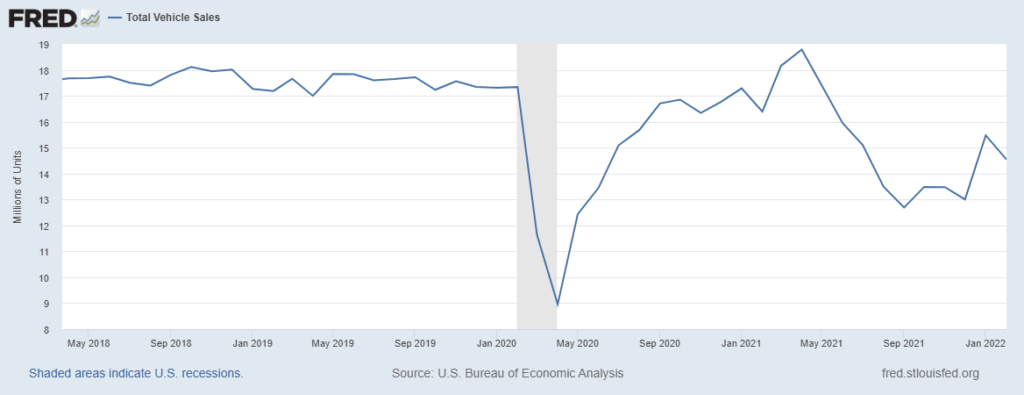There are real risks of insufficient sources. These include:
Lengthening duration, deepening scale, and expanding scope of drought. For example, this year has started very dry in California’s San Joaquin Valley, Sacramento Valley and Central Coast. According to the National Oceanic and Atmospheric Administration, “Many of these areas have experienced record dryness since the start of 2022, which has driven some reservoirs to record low levels and resulted in widespread stream flows and soil moisture ranking below the 2nd percentile. Water availability is a real concern as allocation from the Central Valley Project is likely to be either much reduced or non-existent for many farmers in California’s Central Valley, according to the U.S. Bureau of Reclamation.” (More) Increased demand for water will not make more water, and even prompt the opposite.
Reduced flows of agricultural fertilizers and grain. Drought has reduced crop yields in Southern Brazil and Northern Argentina, the Horn of Africa, and California’s Central Valley. War and sanctions related to Ukraine and Russia threaten to significantly reduce availability of significant proportions of wheat, corn, and sunflowers. Remaining flows will experience– are experiencing — significant price volatility until future global flows can be better anticipated (more). If anything, demand for food is increasing.
Fewer passenger vehicles are being manufactured. Production is down from one-tenth to one-third depending on the market and vehicle category. Errors predicting demand — and ensuring related semiconductor flows — have played an important role in this shortage. So have exogenous factors such as covid-related production cut-backs and earthquakes and trade conflicts and maritime port congestion. For the United States this means that supply of new vehicles has been one-fifth to one-quarter below likely demand for much of the last year (see chart below). At some point car manufacturers will reclaim previous capacity. Then the disequilibrium of demand and supply will transition from today’s “scarce” to “sporadic” as pent-up demand is gradually fulfilled and downstream flows even out.
Differentiating scarce (rare, deficient) from sporadic (scattered, dispersed) flows is a crucial diagnostic step on the way to better balancing demand with supply. Actions based on inaccurate diagnosis almost always result in further disruption of whatever flows are available. Wealth will often pull what it wants even from scarce flows. Effectively managing demand targets and supply speed (velocity) can often mitigate human need while dealing with reduced volumes. Poverty tends to be excluded from flows, experiencing drought even when nearby there is flooding.
Because I work mostly with high-income places and people, my problems more often involve satisfying wealthy wants than existential need. But whether flows are scarce or sporadic or abundant, calibrating push (supply) with pull (demand) is fundamental.
The three examples above share a concentration characteristic. When drought is concentrated in a place with many people or high proportional production, the consequences of scarcity are amplified. When capacity — production or distribution or consumption — is highly concentrated, any disruption — even modest and/or temporary — will often have amplified wide-area consequences. The more dependent on any particular place or piece or process or person or whatever, the more vulnerable the entire network.
Increasing concentration can produce economies of scale and related competitive advantages. But at some point, concentration is always a Faustian bargain (here and here). Systemic diversification generates long-term strategic advantages.
Many late-Twentieth Century supply chains have become demand and supply networks where much more volume is moved much more accurately, quickly, and confidently than ever before. This enhanced fluidity is the result of policy, technology, and processes that reduce friction in discerning effectual demand and completing physical and financial transactions to fulfill what is discerned. More assured pull has prompted significantly more — and better — push.
Over the last thirty years concentration and consolidation have been helpful tools in reducing friction and cultivating flows. Covid, climate change, and war now suggest that too much concentration can self-generate congestion and, with just a little complication, friction-shedding, target-enhancing bottlenecks can too easily become convulsive chokepoints.
